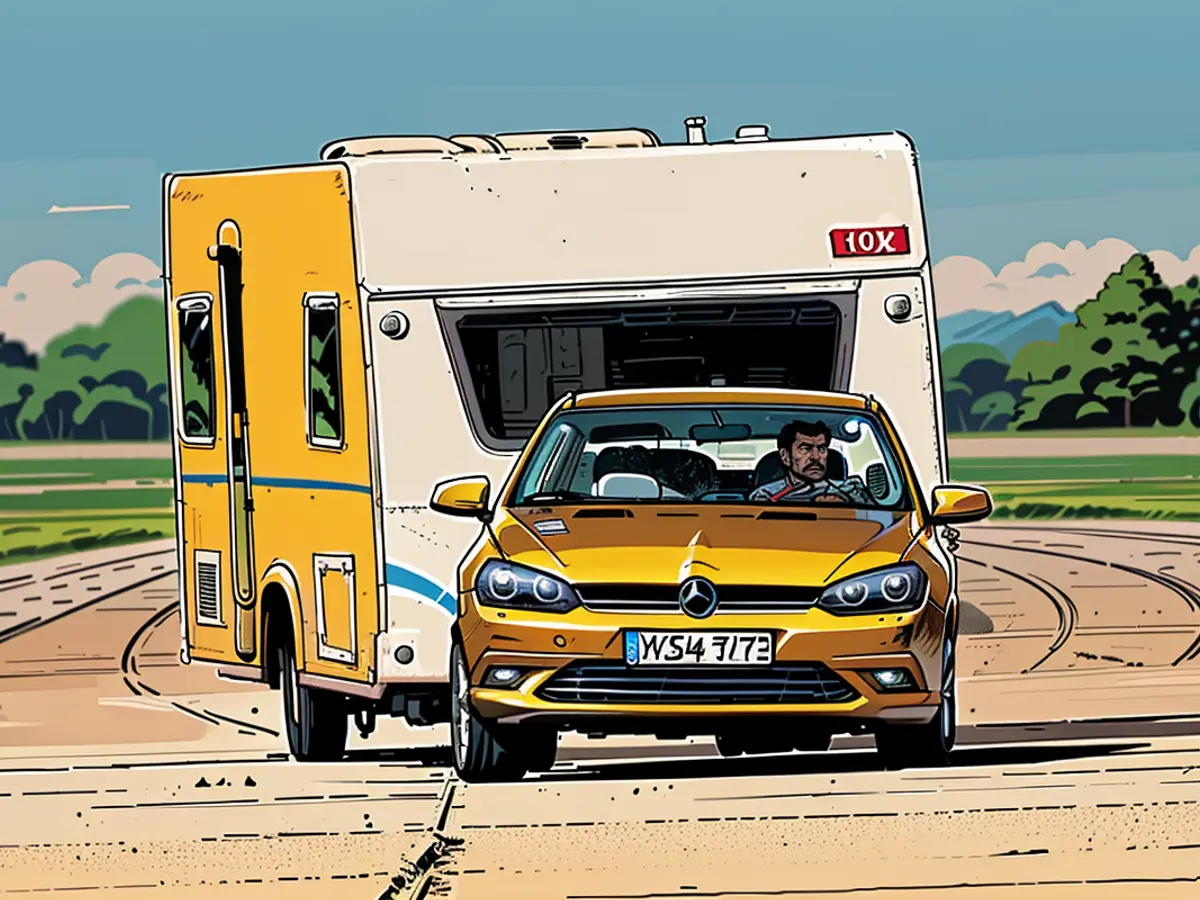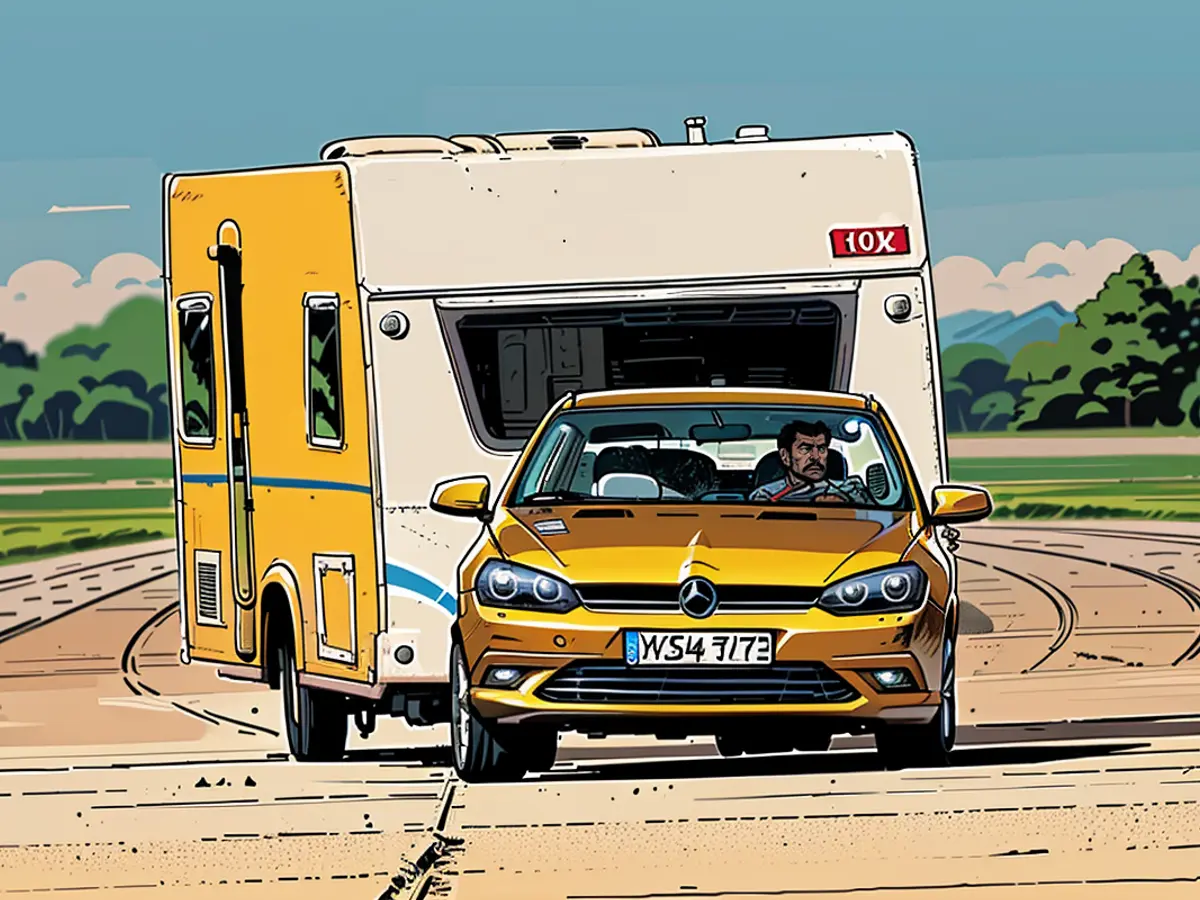Chill out if your car lock freezes. Having a garage for your vehicle is a godsend, letting you skip the hassle of cleaning windows. But, what if you're facing an even trickier situation?
Situations when you can't reach an ice scraper or broom because the doors are frozen can be frustrating. Don't rush in this case. Forced door openings might lead to costly damage to the rubber seals.
How to swiftly and without damage open a frozen driver's door
If your driver's door is frozen, give other doors a try. It's possible to open others, providing access to the interior like the passenger door. Afterwards, make an attempt to gently open the driver's door from inside.
, the automobile club, advises that the driver's door should be openable even before the trip commences. This precaution can be lifesaving if an accident happens, necessitating a quick exit from the car.
ADAC experts recommend against ripping frozen doors from the outside. Instead, press on them. This subtle pressure could help dislodge the ice that's built up on the seals. Tapping the door's edge gently might also aid in loosening the ice.
If all else fails, ADAC suggests heating water to approximately 50 degrees and gently pouring it around the door frame. Abstain from pouring scalding water – it may crack windows and harm the paint.
Thoughtful precautions can help drivers avoid a car door freezing disaster. Regularly take care of the rubber seals with appropriate products obtained from specialized stores.
Consider specialized anti-icing compounds typically available as spray. However, avoid keeping it in the vehicle. Always have such a solution handy.
To prevent freezing in the future, ADAC recommends:
- Venting windows before unlatching the door internally
- Applying de-icing spray directly to the lock or the key blade
- Lubricating the lock with graphite powder, Vaseline, or silicone spray
- Avoiding the use of hot water
- Regularly cleaning and lubricating the door seals with a wet cloth and a lubricant like WD-40, silicone spray, or petroleum jelly.
By adhering to these guidelines, you can proactively prevent and respond to frozen car doors without causing damage.







